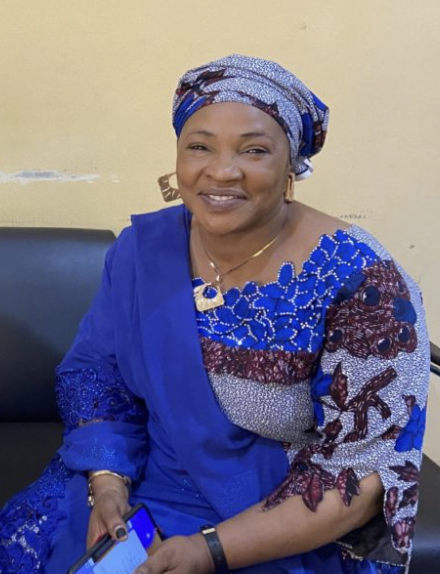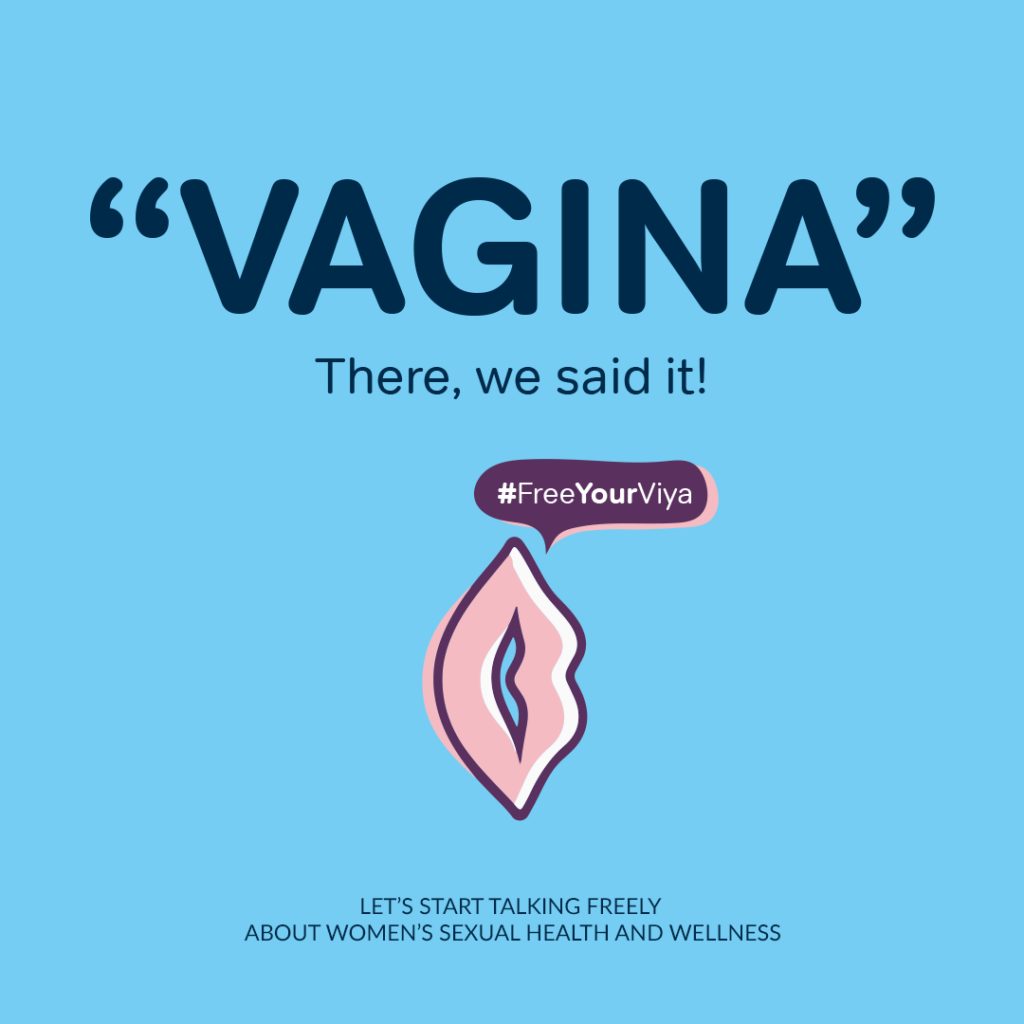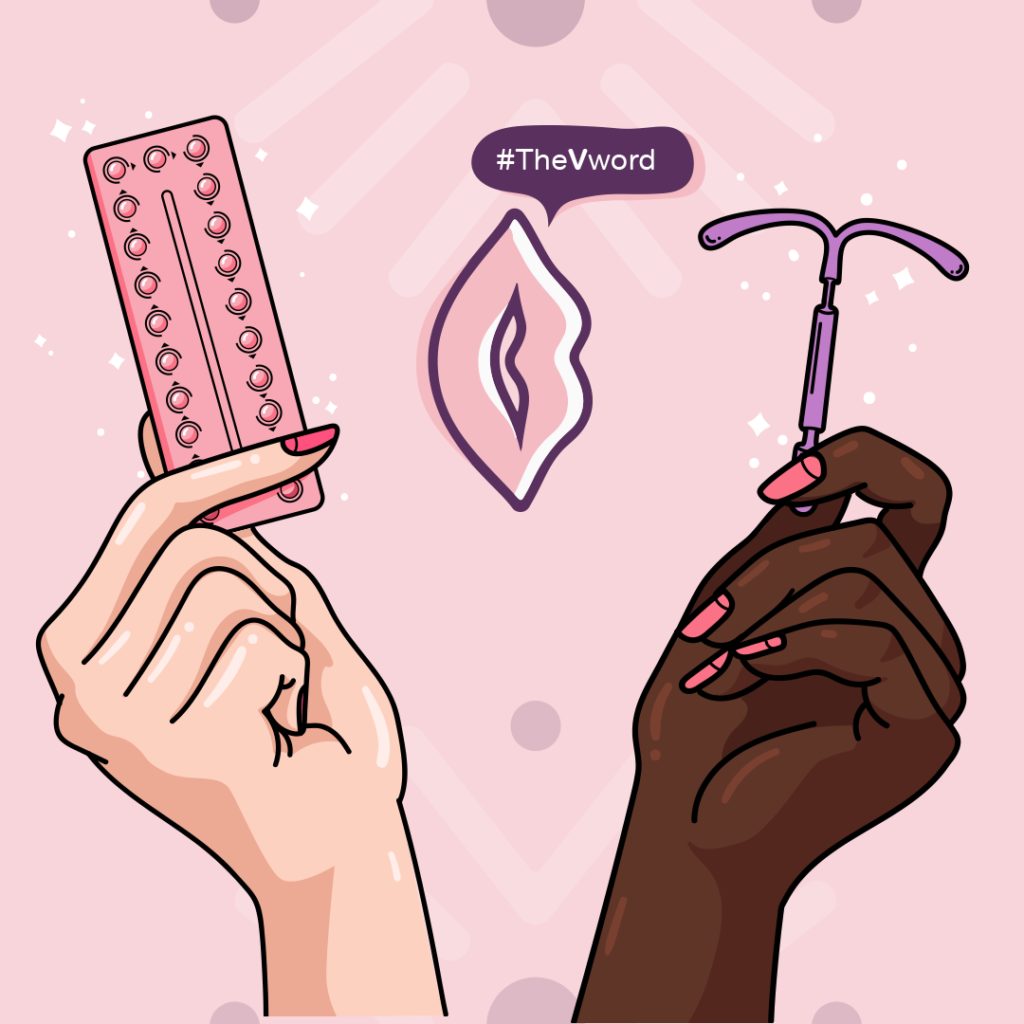When it comes to improving family planning in low and middle-income countries (LMICs), we must focus amplifying the voices of young people, who face disproportionate barriers to accessing quality sexual education and comprehensive health services. Adolescents and youth are a diverse social group that have unique sexual and reproductive health, rights and justice (SRHR-J) needs. Addressing these needs is critical to their physical, mental, and emotional wellbeing.
It is for this reason, IYAFP and 120 Under 40, with the support of the Bill & Melinda Gates Institute for Population and Reproductive Health and Bayer AG, have assembled a group of youth-led initiatives and thought-leaders for the creation of a Youth-Led SRHR Global Roadmap for Action (AYSRHR GRA). The AYSRHR-J GRA is youth voices together outlining a new vision for adolescent and youth SRHR and establish goals and priorities for 2030. AYSRHR-J GRA will promote unity in the expression of young people’s SRHR-J needs and values across the world.
Finally, it is time for governments, donors, the private sector, iNGOs, and youth-led organizations to come together and commit to a common AYSRHR-J vision and priorities. It is time we Let Them Know what we want, what we need, and what we expect.
LET THEM KNOW WHAT WE WANT
As youth, we want the opportunity and access for all youth to achieve their fundamental right to SRHR-J. To achieve this, youth and adolescents require accurate information on and access to modern contraception, emergency contraception, menstruation hygiene, HIV/AIDS and STI prevention, testing and treatment, obstetrics and gynecology services, pregnancy testing and services, safe (and legal) abortion services, gender-based violence prevention, and treatment services, harmful practices counseling and referrals, among other topics.
These services to be adolescent and youth-friendly, they must respect privacy, prioritize confidentiality, and obtain informed consent. They also must be tailored to the specific needs of young women and girls, especially LGBTQIA+ youth and adolescents, young people living with disabilities, as well as young people living in humanitarian emergencies.
LET THEM KNOW WHAT WE NEED
AYSRHR-J GRA presents a comprehensive plan for governments, donors, iNGOs, and youth-led organizations to prioritize the sexual and reproductive health and rights of young people. To achieve our overall vision, we are prioritizing the following needs:
- Acknowledgement of the diverse youth identities and needs: A just, equitable, and sustainable AYSRHR-J field in which every youth, including LGBTQIA+ youth and youth with disabilities, enjoy the right to a life of dignity worldwide.
- Meaningful youth partnerships and engagement: A world in which equitable, mutually respectful, and beneficial youth partnerships are the norm. Where young people participate fully in decision-making for AYSRHR-J and are integrated in all stages of SRHR-J policy-making to ensure their health needs are met and are able to hold decision-makers accountable for the commitments made toward sustainable development.
- Progressive AYSRHR-J policies: A world in which AYSRHR-J policies address and are responsive to the diverse set of youth needs and identities to catalyze the social and political changes necessary to ensure their reproductive health needs are met.
- Transparent AYSRHR-J data and reporting: A world in which comprehensive and transparent data on adolescents and youth, including disaggregation by age and gender and inclusion of diverse youth identities, is available for decision making.
- Equitable AYSRHR-J financing: A world where all unmet needs for AYSRHR-J services and commodities are equally funded and resourced through increased financial resources and technical support supplied both by the donor community, the private sector, and governments.
LET THEM KNOW WHAT WE EXPECT
Finally, it is time for governments, donors, the private sector, iNGOs, and youth-led organizations to come together and commit to implementing the GRA at the local, national, and global levels. The health, rights, and lives of adolescents and young people depend on it.
This GRA provides a vision of what we want and need. The how is determined by the young people and their local contexts.
Bring youth to the table in decision-making & funding. Invest in youth voices and youth-led organizations. The GRA recommendations providing a range of input and resources on how to effectively accomplish this.
Implement recommendations outlined in the GRA to ensure youth-led and youth-said priorities and actions are implemented. Donors and policymakers can submit their GRA commitments here.
As the GRA evolves and grows, we expect that donors and decision-makers invest in the structure of the GRA, including the creation and support of accountability and evaluation mechanisms and resources, the maintenance of advisory groups and coalitions of youth led-organizations, and funding mechanisms for GRA activities globally and locally. Donors and policymakers can indicate their interest in investing in the GRA here.
Youth & Youth-Led Organizations – Join us
We invite youth and youth-led organizations to join us in the creation of a coalition of youth-led organizations charged with the maintenance, implementation, and evaluation of the GRA. Youth-led initiatives joining this initiative have the unique opportunity to utilize the GRA as an advocacy tool in their campaigns and hold your governments accountable for their commitments to AYSRHR-J. Together, we can create a world where all young people have access to comprehensive sexual and reproductive healthcare and knowledge and are able to exercise their rights fully.
Youth and Youth-Led organizations can join us here.




















